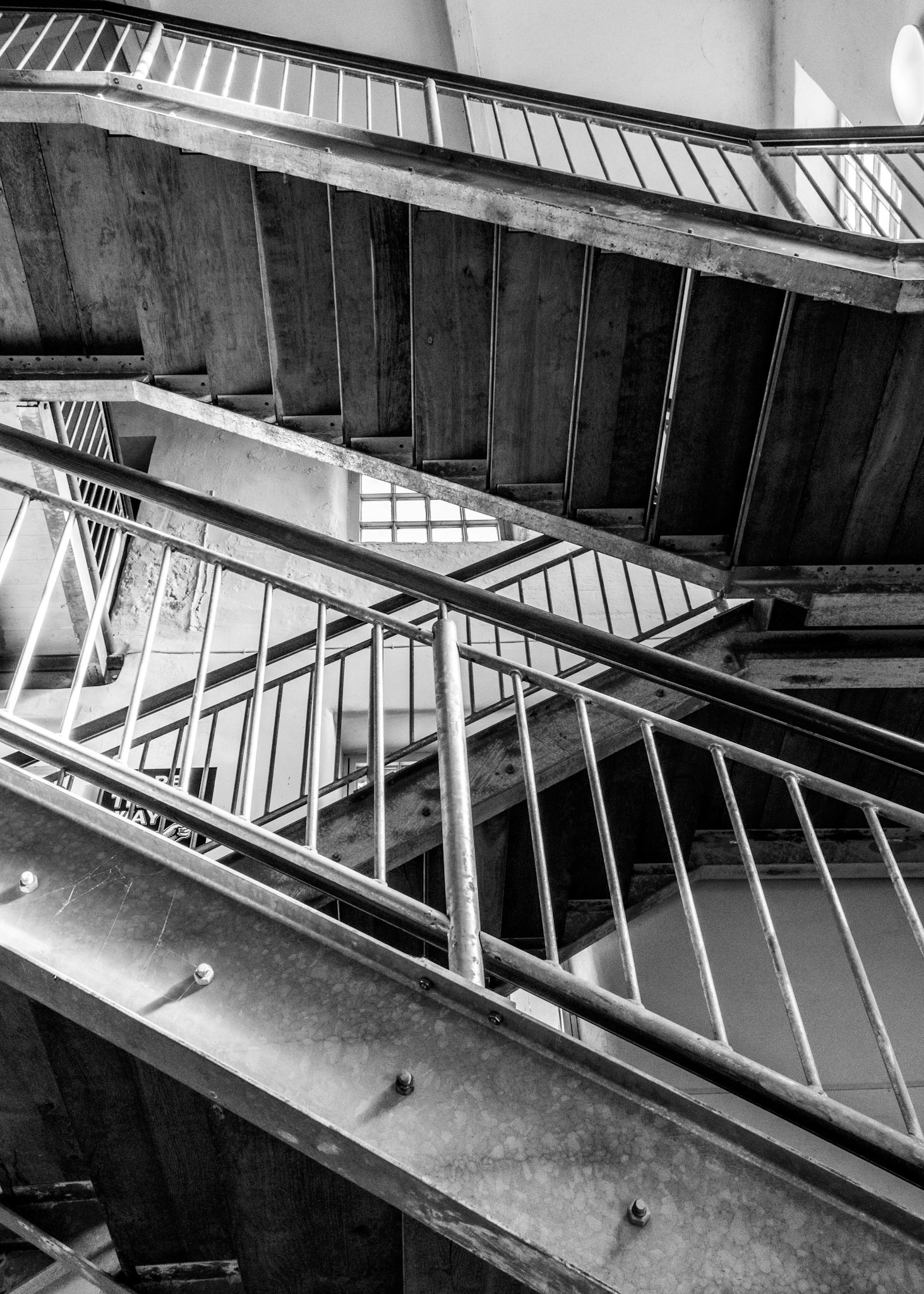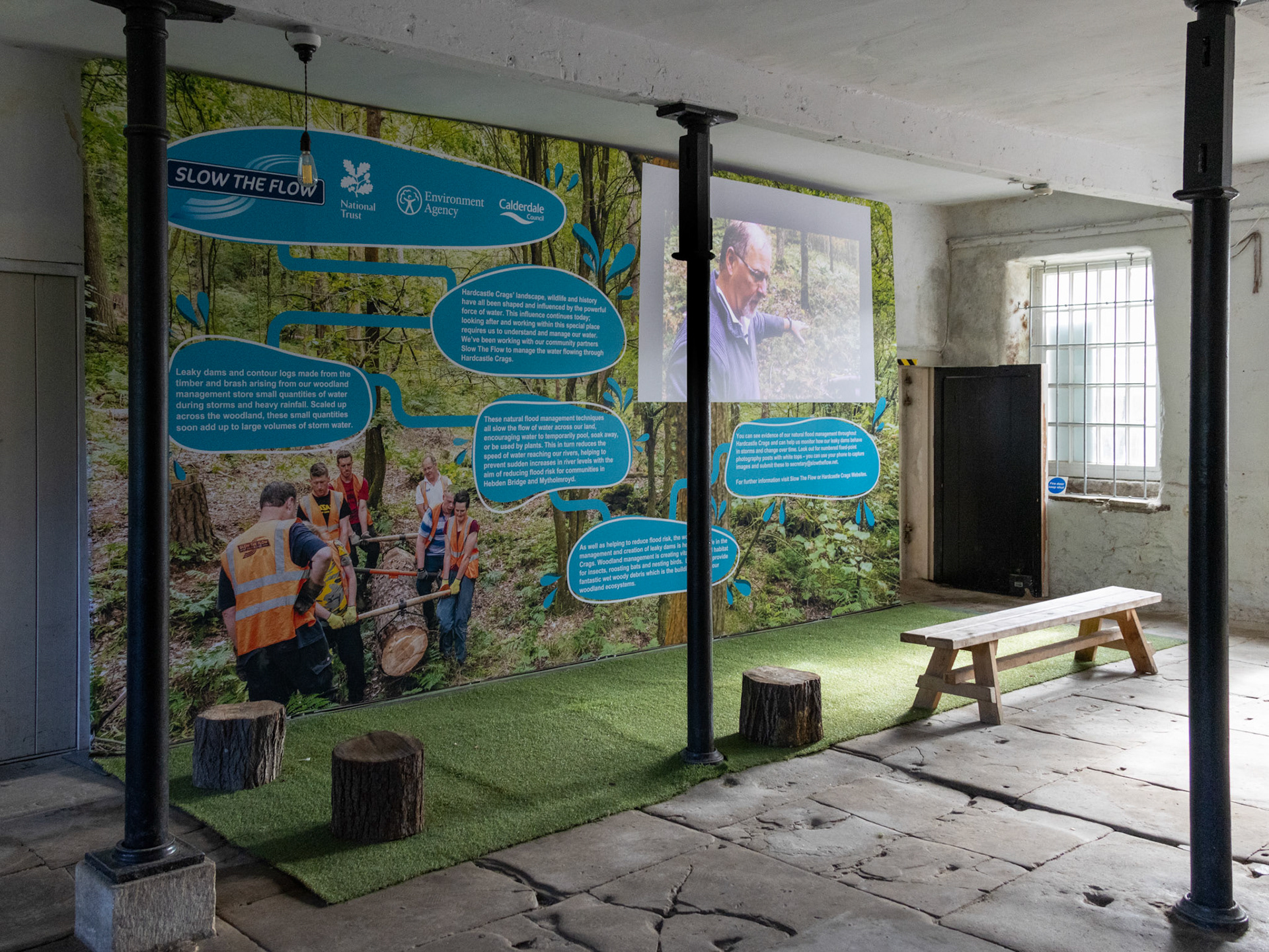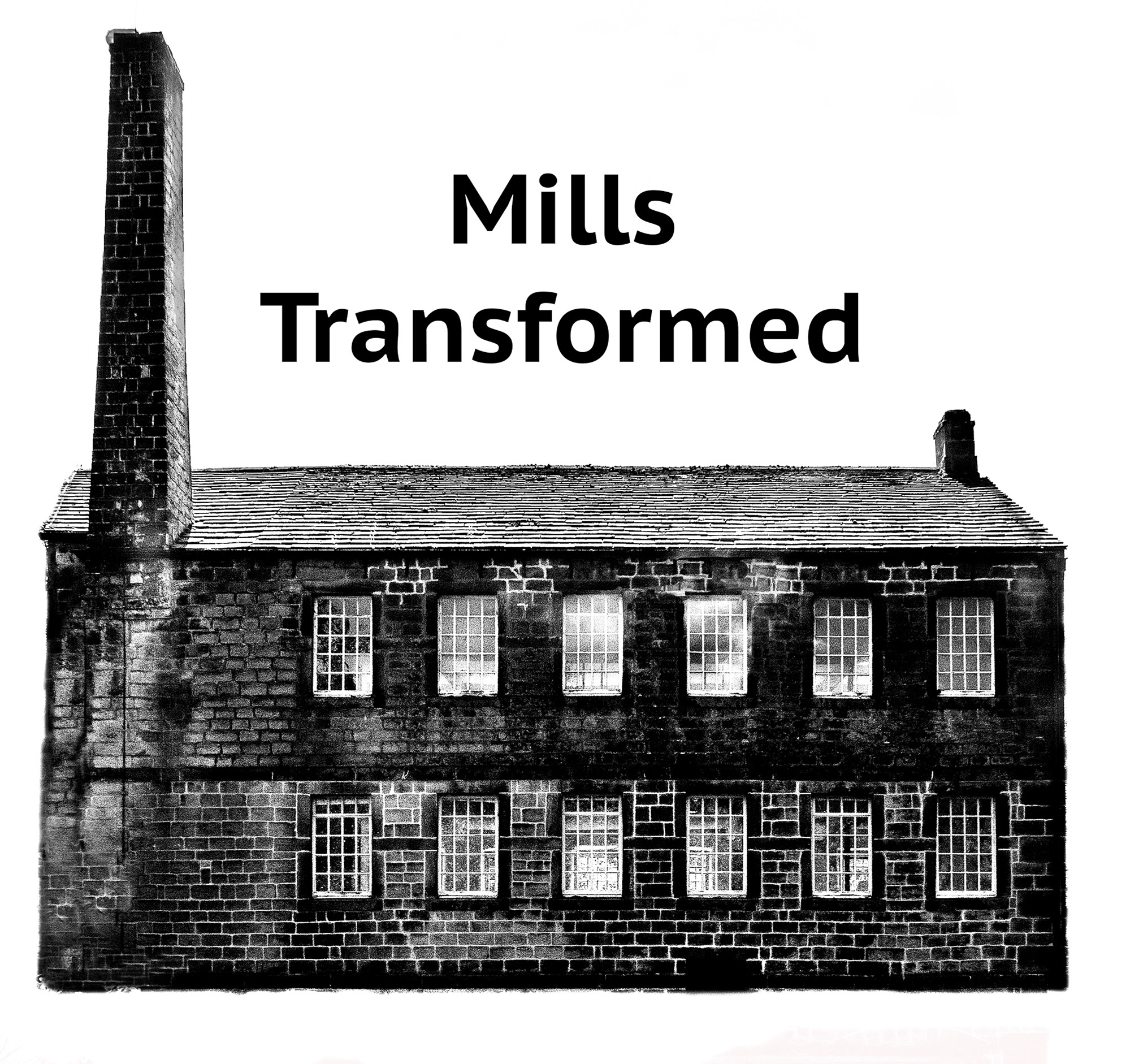Gibson Mill was built in 1803 by Abraham Gibson, and is situated within Hardcastle Crags woodland near to Hebden Bridge.
In 1902 Gibson Mill was transformed into an ‘entertainment emporium’ offering a dance hall, a roller-skating rink, dining room and boating on the mill pond. After the Second World War, the mill slipped into disuse, and was gifted to the National Trust in 1950. It has since been converted into a self-sufficient off-grid environmental education visitor centre and sustainability show-case.
Electricity is provided via a hydro system utilising the mill’s 1926 turbine. A smaller turbine is also used during periods of low water levels. Solar thermal panels and solar photovoltaic panels installed along the ridgeline of the mill, combine to provide hot water and electricity while a system of batteries store surplus generated electricity. A log-burning stove and boiler provide cooking, hot water and space heating.The mill also uses the natural spring water from Hardcastle Crags as its water supply.
According to the National Trust ‘the mill is 100% self-sufficient in energy, water and waste treatment. The combination of technologies used, the size of the building and the fact that it does not link up to the National Grid, make the mill unique in Great Britain’.
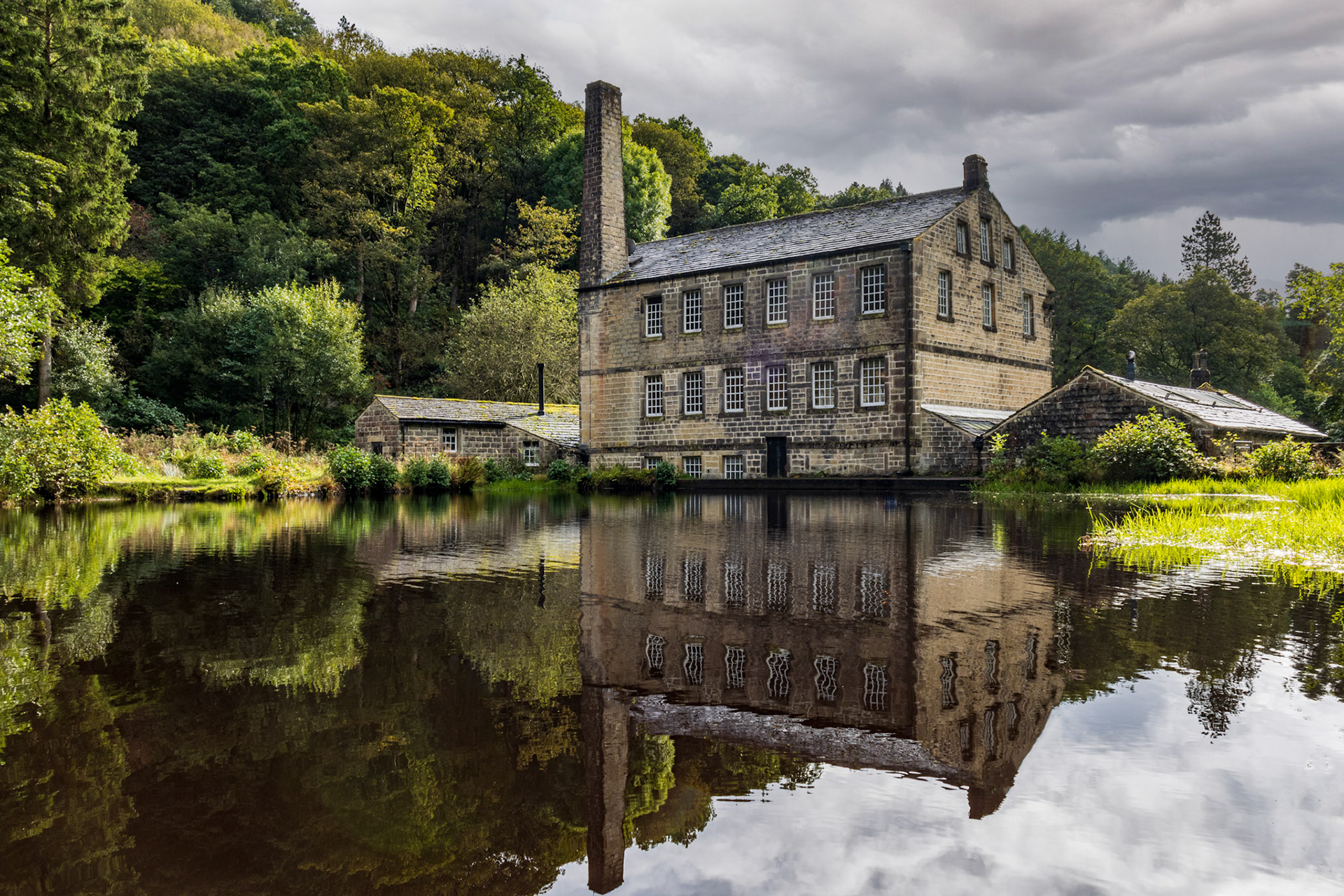
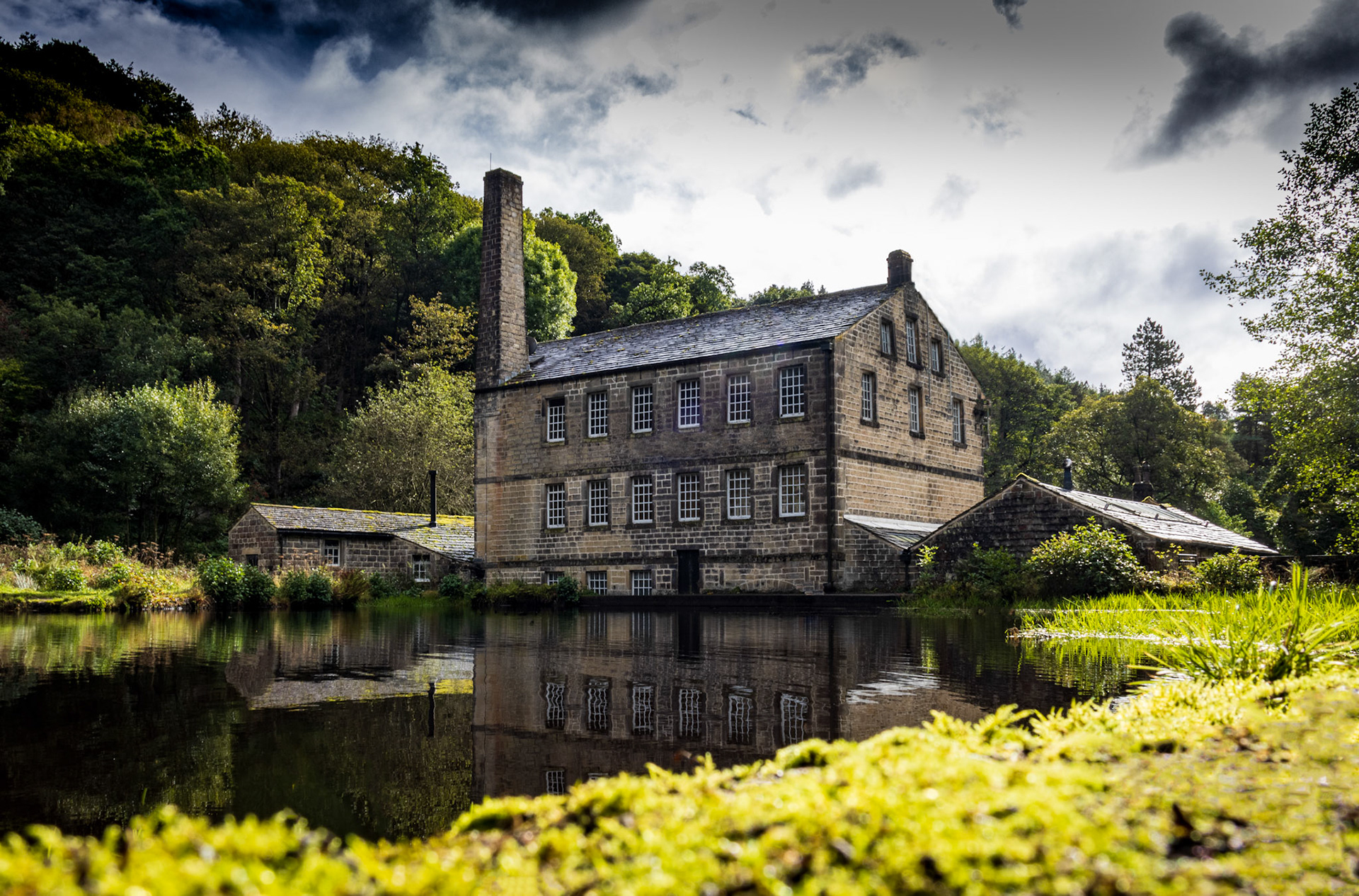
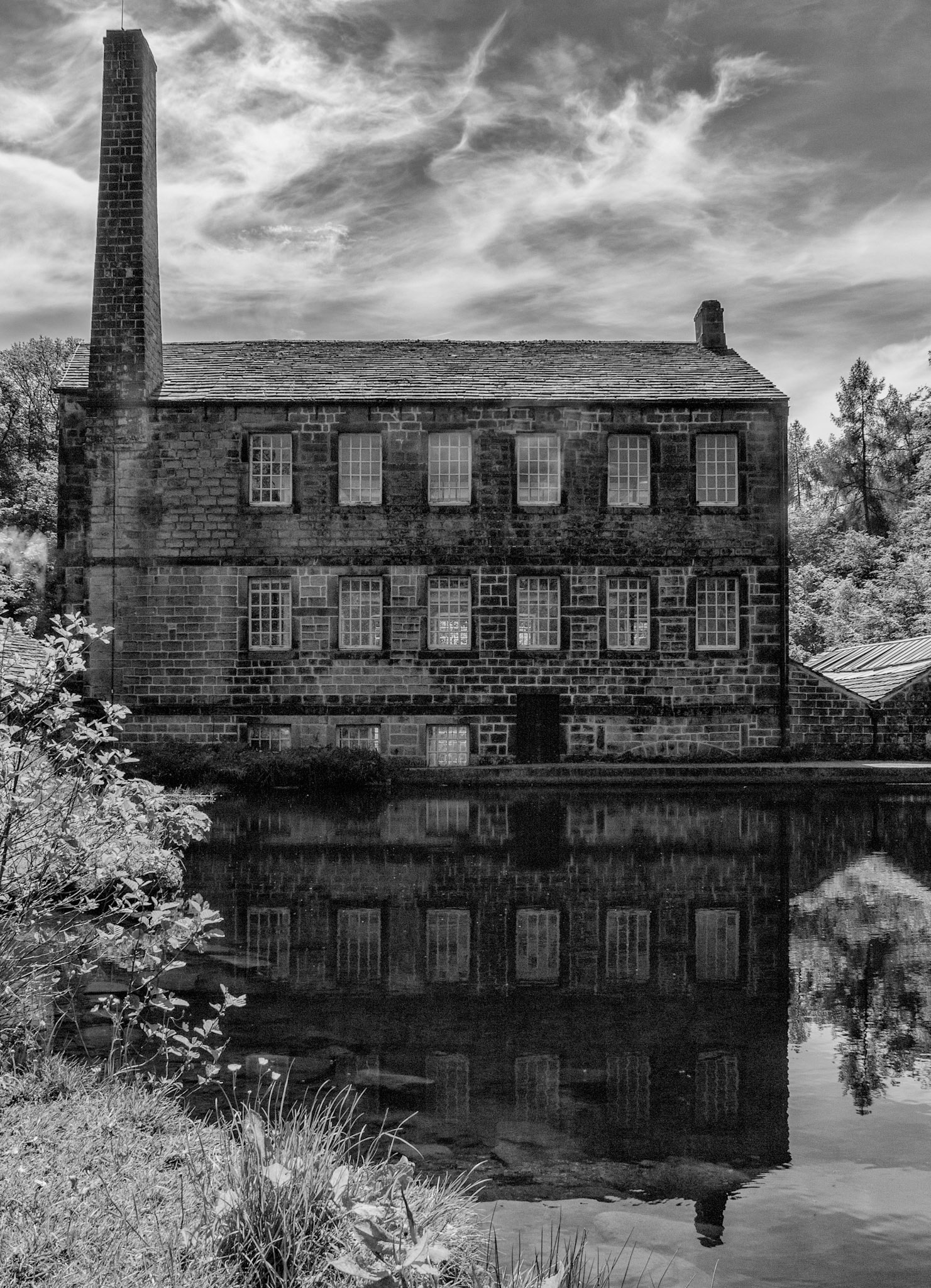
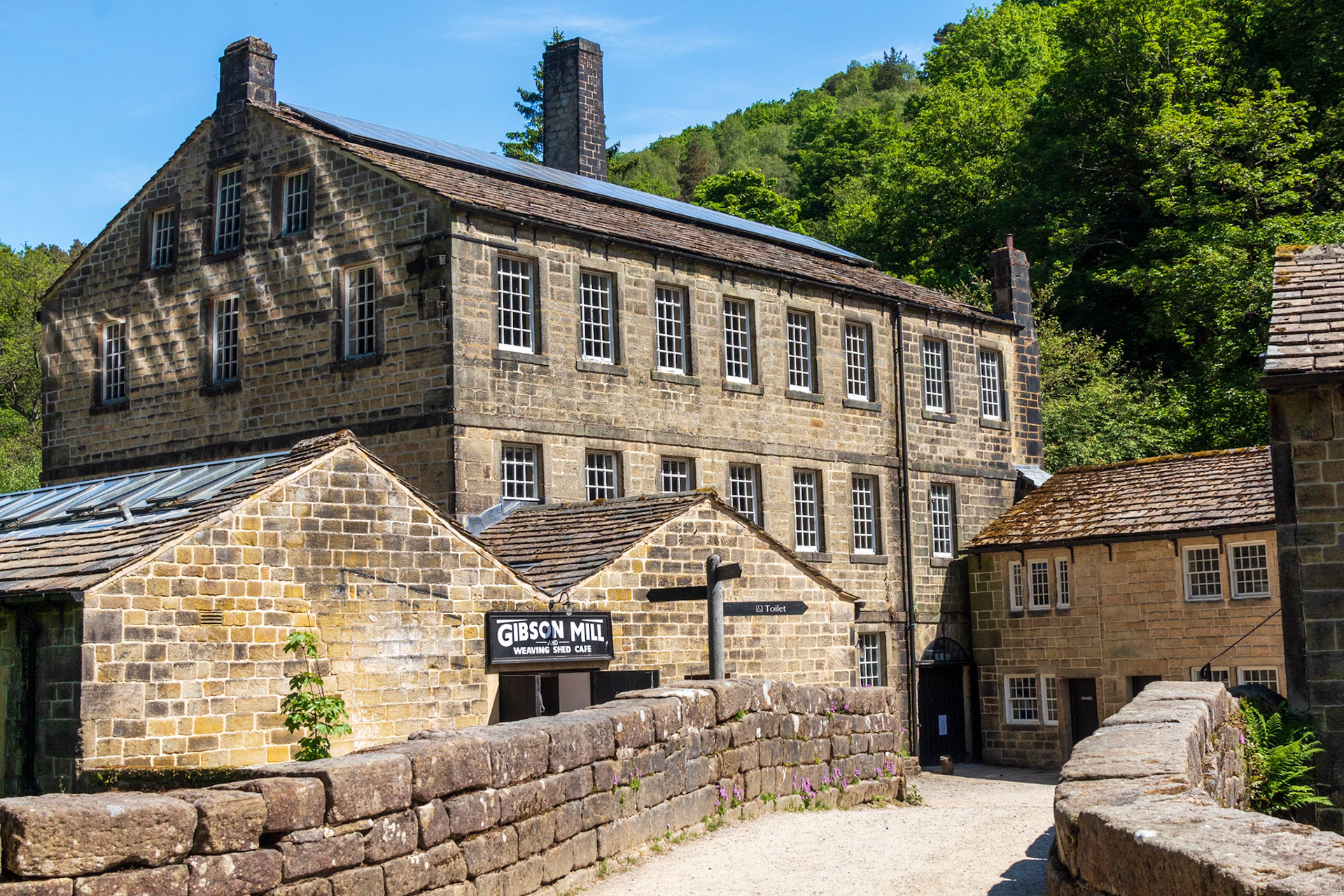

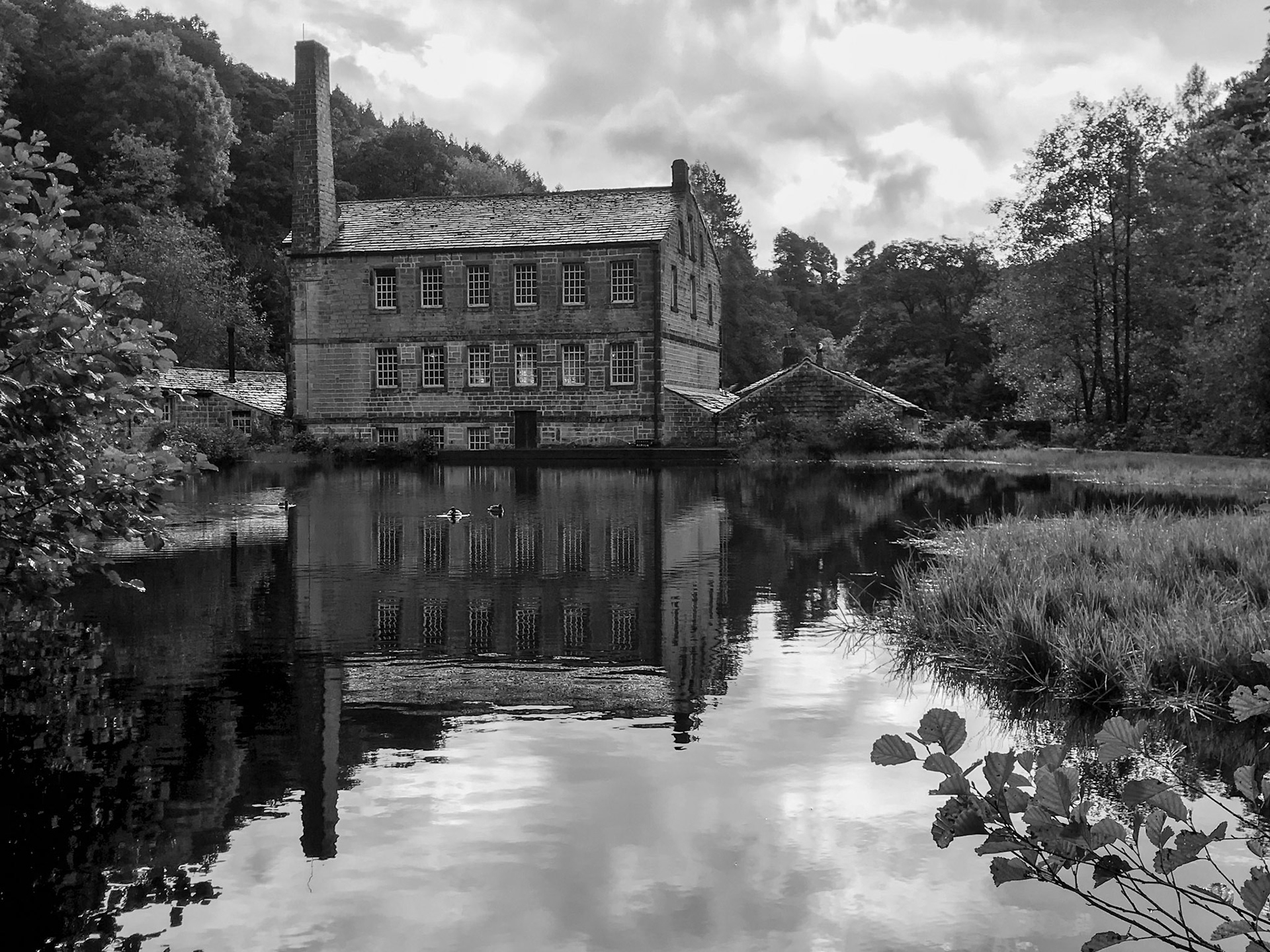
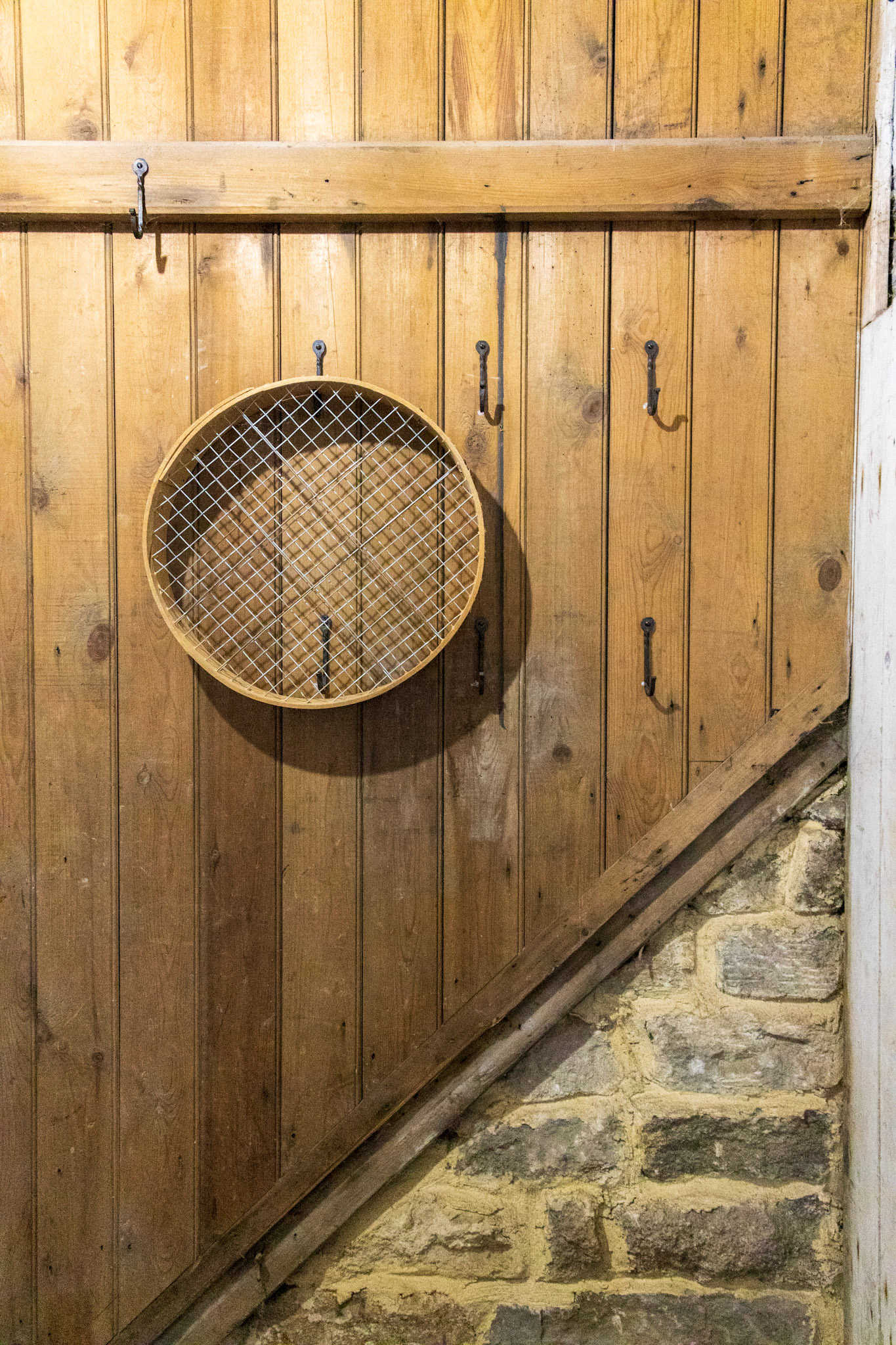
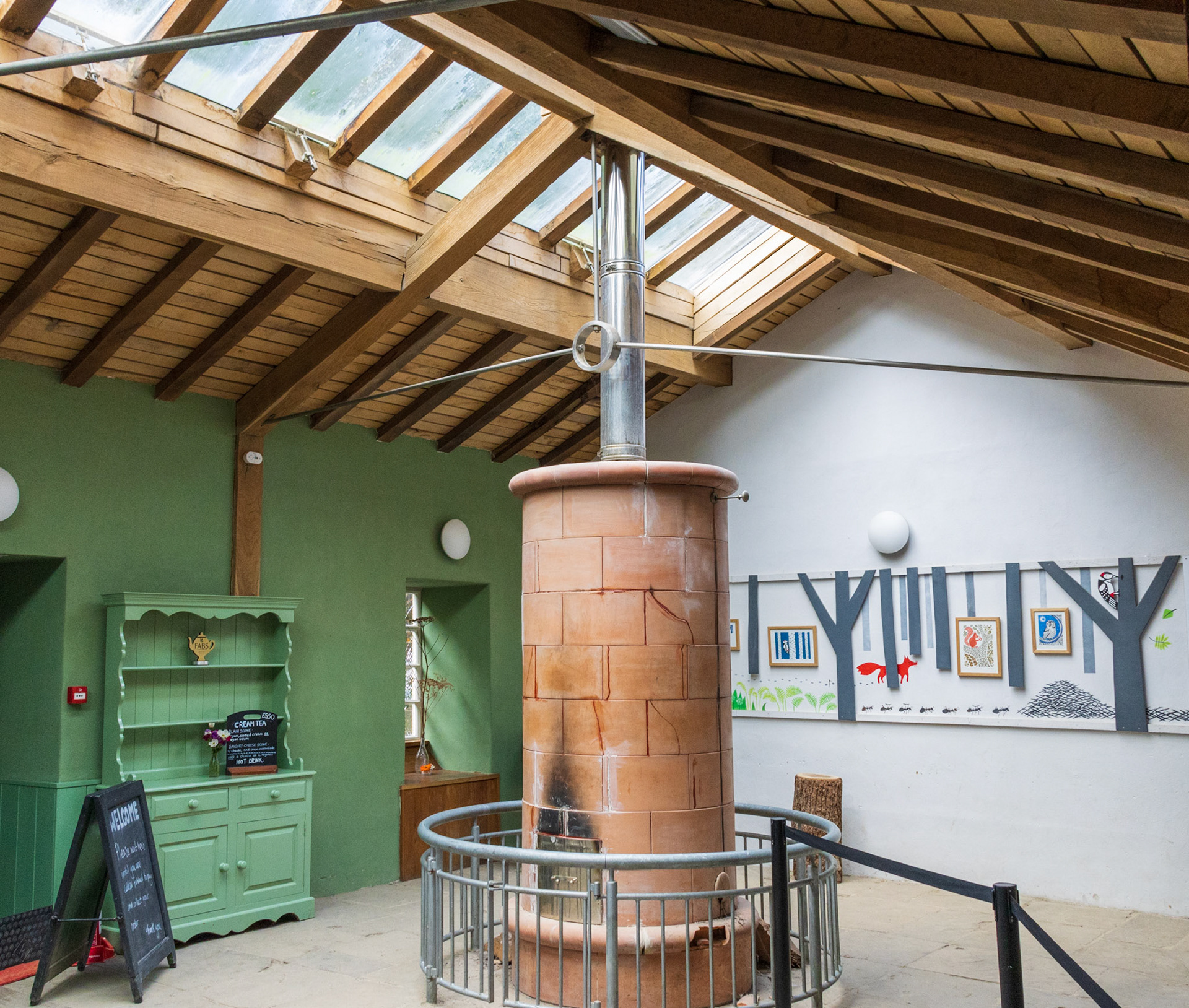
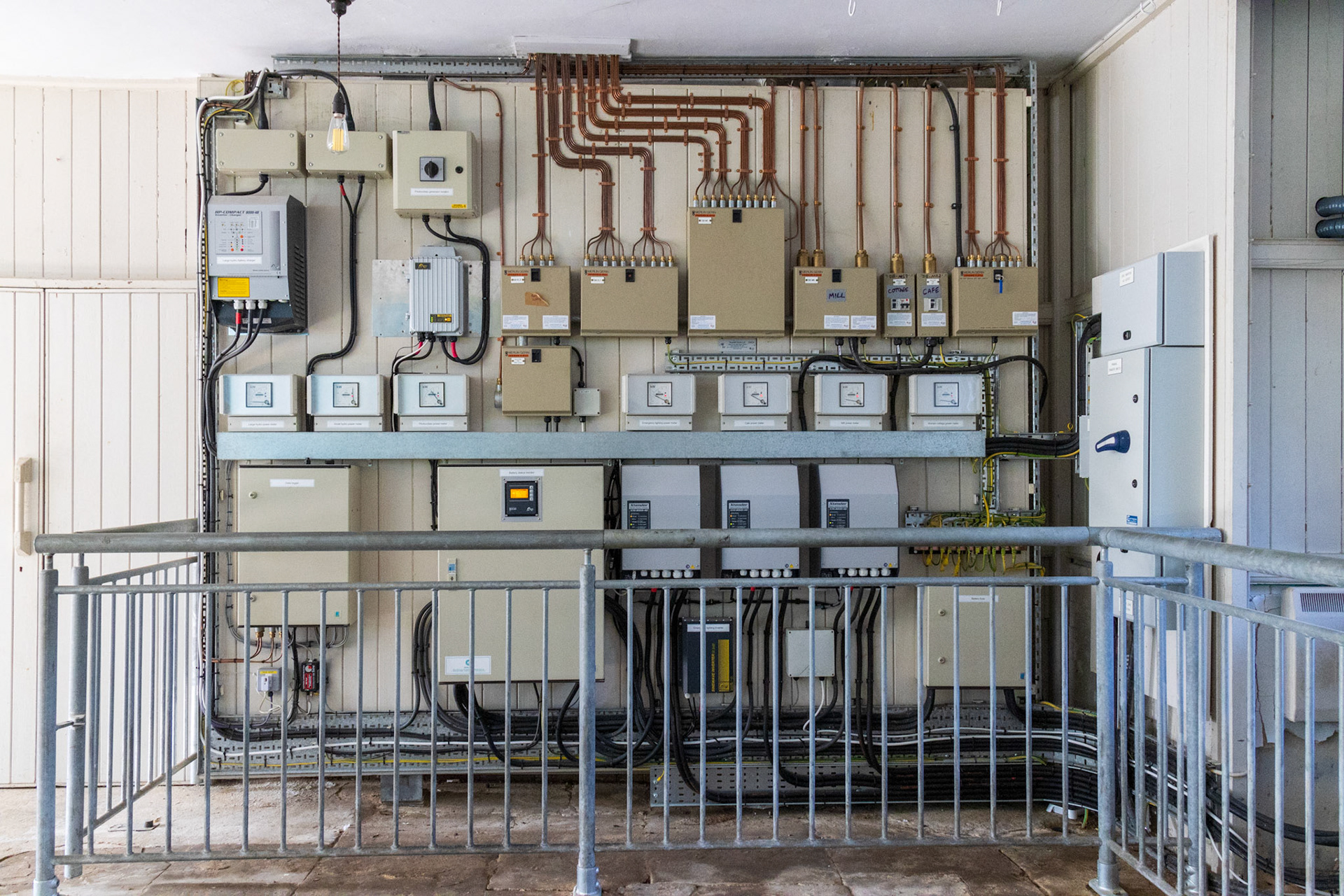
Energy management system
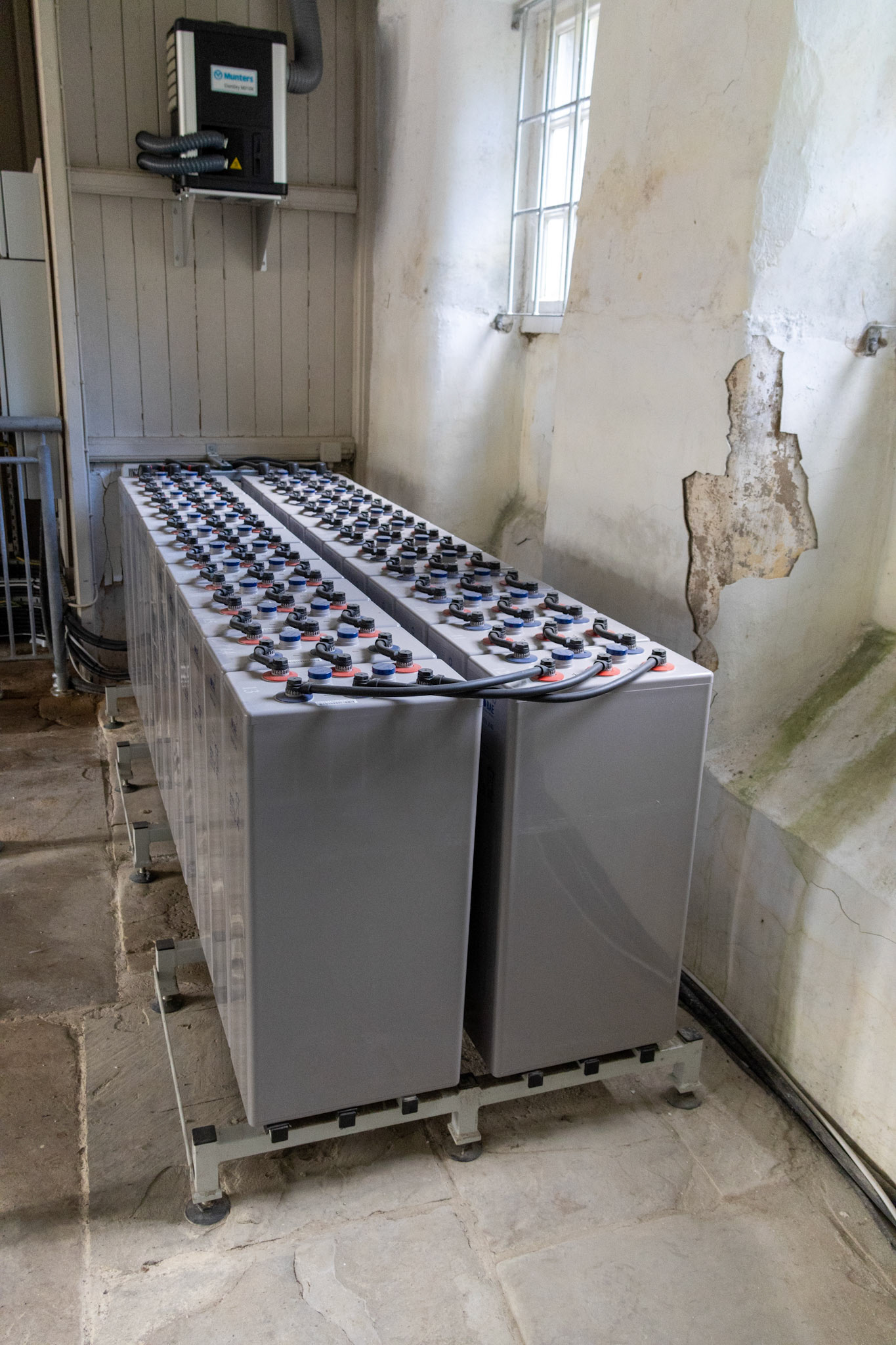
Battery storage
